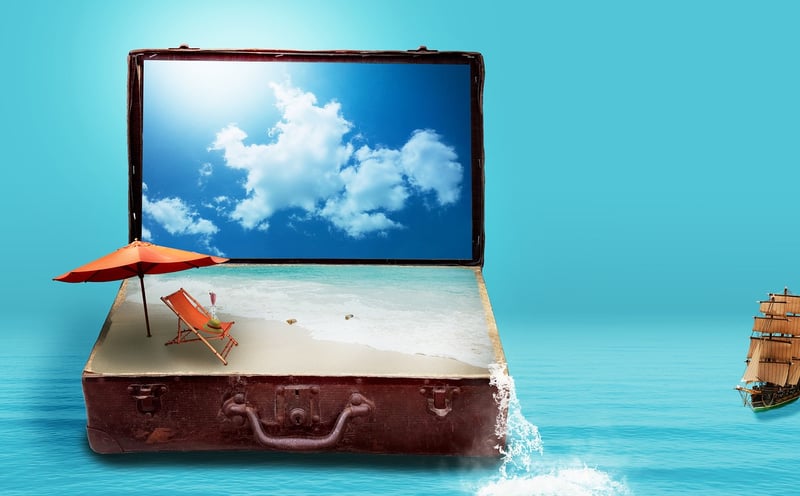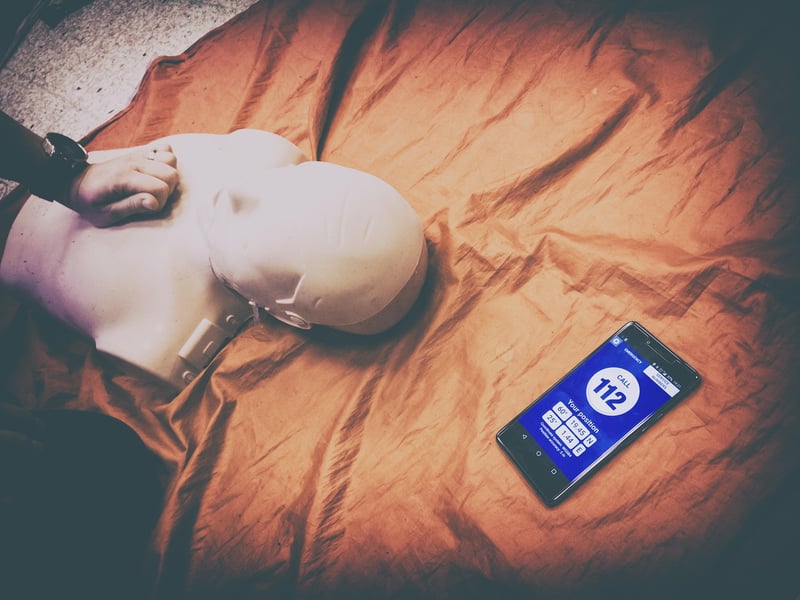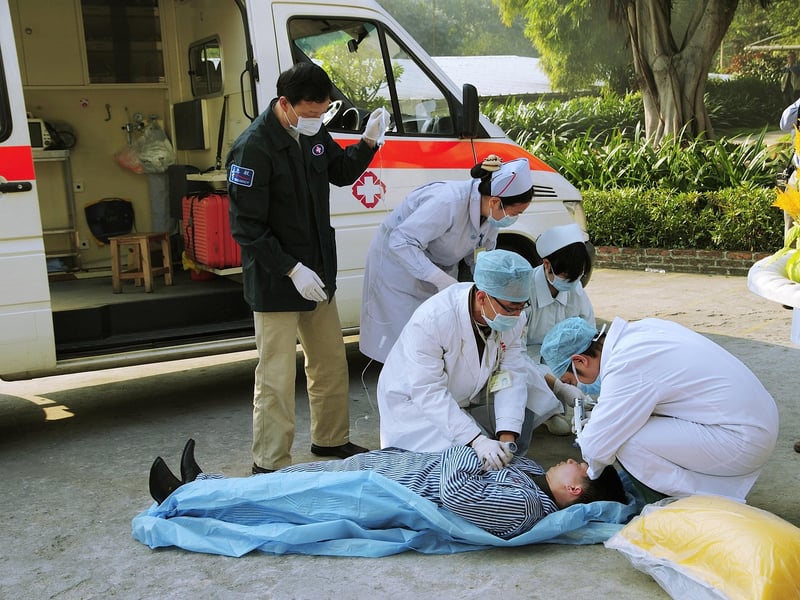First Aid Basics
Stay Prepared on Your Adventures: First Aid Basics
Introduction
When you're out exploring the great outdoors or embarking on exciting adventures, being prepared for emergencies is crucial. Understanding basic first aid can make a significant difference in handling unexpected situations effectively. Here are some essential first aid basics to keep in mind before you head out on your next journey.
Basic First Aid Kit
Carrying a well-equipped first aid kit is essential. Include items like bandages, antiseptic wipes, gauze pads, adhesive tape, scissors, tweezers, and pain relievers. Make sure to regularly check and replenish the supplies in your kit.

Common First Aid Procedures
- Handling Cuts and Scrapes: Clean the wound with antiseptic wipes, apply an antibiotic ointment, and cover it with a bandage.
- Sprains and Strains: Rest the injured area, apply ice, compress with a bandage, and elevate the limb to reduce swelling.
- Bites and Stings: Remove the stinger if present, wash the area, apply a cold compress, and monitor for any allergic reactions.
- Heat Exhaustion: Move to a cool place, hydrate, remove excess clothing, and cool the body with wet cloths.
- Fractures: Immobilize the injured area, apply a cold compress, and seek medical help immediately.
Emergency Contact Information
Always carry a list of emergency contacts with you, including local emergency services and personal contacts. Ensure that someone knows your itinerary and when to expect you back.
CPR and AED Training
Consider taking a CPR (Cardiopulmonary Resuscitation) and AED (Automated External Defibrillator) training course. These skills can be life-saving in emergencies like cardiac arrest.

Conclusion
Being prepared with basic first aid knowledge can give you confidence during your adventures and help you assist others in need. Remember, safety should always be a priority, so stay informed and ready to handle unexpected situations effectively.
